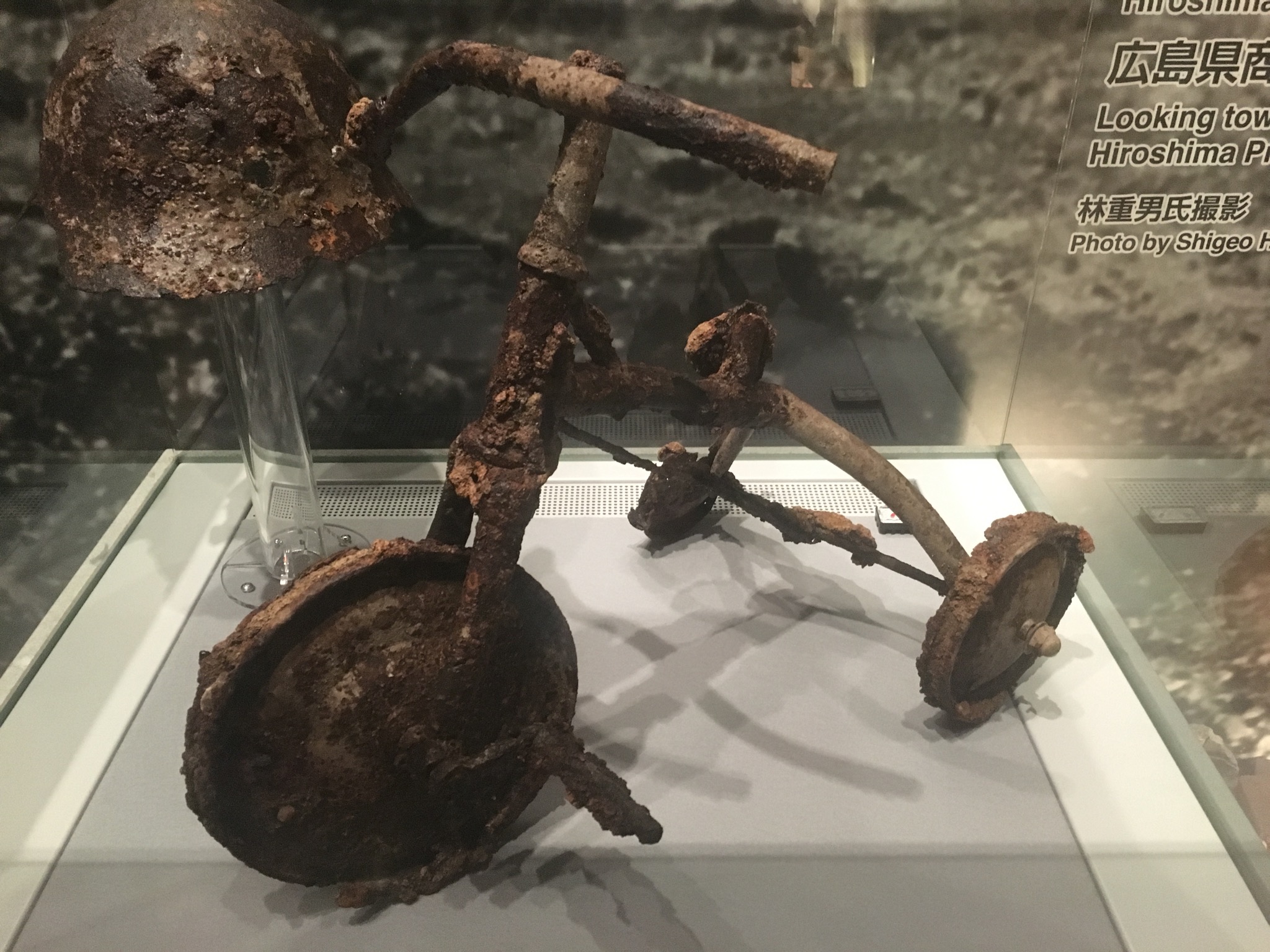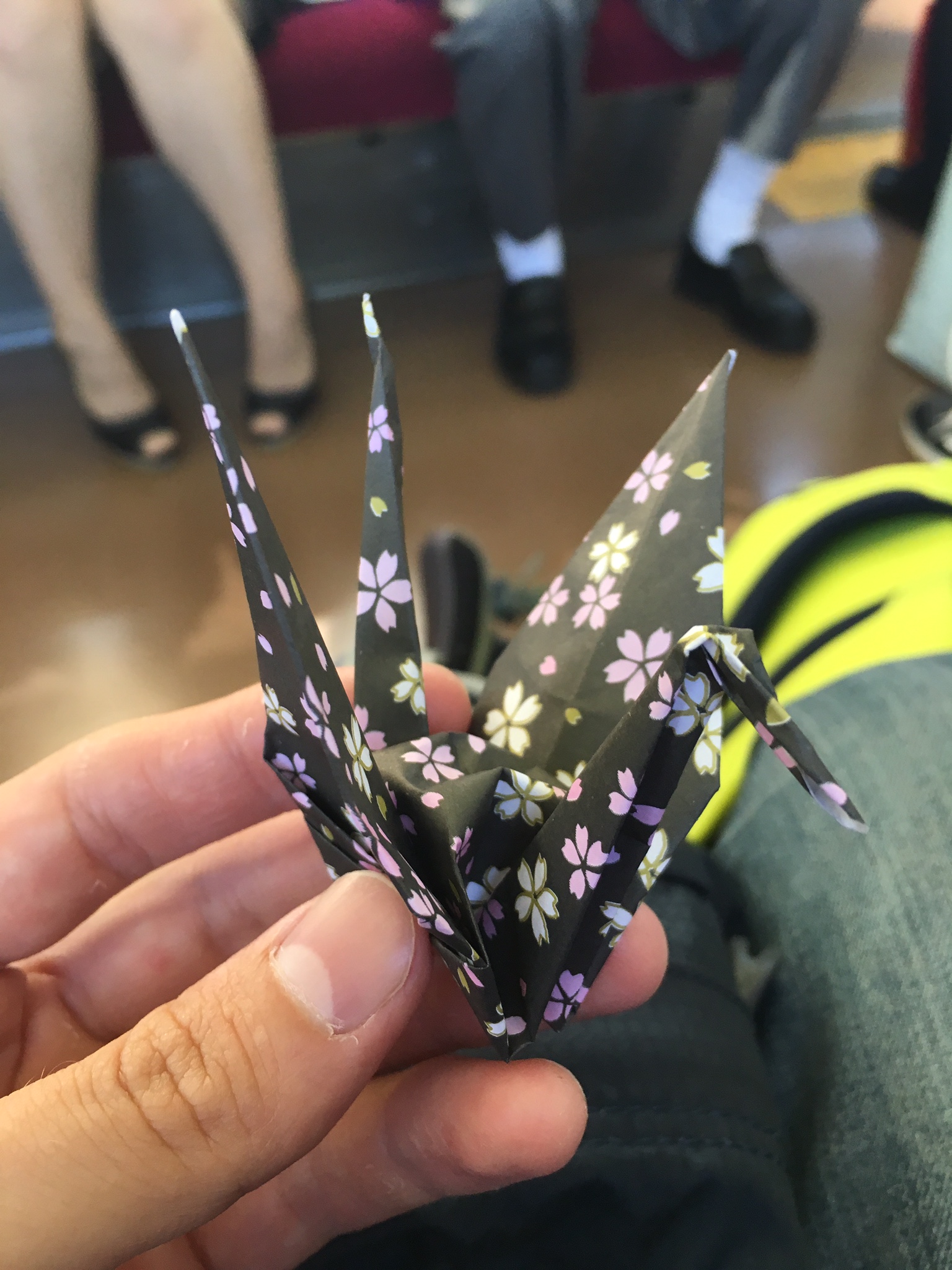Seoul Spa Day!
Have you ever been scrubbed down from head to toe by women in black lacy lingerie? I have. And it was one of the most wonderful experiences that I had during our trip in Seoul, South Korea.
This is a somewhat regular occurrence for Korean women when they go to the jjimjilbang, massive 24-hour megaplexes where you can find baths, saunas, spa treatments, restaurants, game rooms, movie theaters, sleep rooms, and a lot of nudity. After reading a lot about jjimjilbang, and growing quite accustomed to frequent single-sex nudity in Japanese baths, Cole and I decided to spend an afternoon at Dragon Hill Spa.
Given that we had been traveling for a while, I decided to splurge on one of their spa packages, which included various treatments—some of which I hadn’t heard of. Once we paid, we were each given a wristband (these opened our lockers and allowed us to charge food and other treatments without carrying money), two small towels, and a pair of boxy pajamas to wear in unisex areas. Once we took off our shoes and placed them in our lockers, an escort quickly whisked me away to the women’s changing room (via a women-only elevator) to begin my spa treatments. In the locker room, after multiple miscommunications with my escort about how clothed I should be for this portion of the treatment package, I got completely naked and locked my clothes and boxy PJs in my locker. I took a quick (but thorough—it’s rude to not lather up completely before you enter public baths) shower, and my escort dropped me at my first location.
Billed as an “Imperial Oriental Medicine Hip Bath,” my first treatment was somewhat of a mystery. I showed up—naked—to a room full of stools that had holes on the top. The two estheticians in the room gestured for me to take a seat on one of the stools. One of the women physically moved my naked body into the correct position (legs wide, back against the wall, butt on the far back edge of the stool—there is no shame at a jjimjilbang), and then bent down to light what I discovered was a hot plate underneath the stool. She got up, fumbled around on the counter, and returned with a pot of water and herbs. She placed this pot on the hot plate under the stool, between my legs. I could see it directly through the hole in the stool. Then, the second esthetician placed what I can only describe as a bright pink plastic elastic tube-top dress over my head (see photo from the Dragon Hill Spa website below) and fluffed it out so that it was over the stool.
The pink dress draped over my entire body (arms included) and the stool, and as the pot of herb water began to boil, the steam rose up through the hole in the stool to create a sort of sauna in my encapsulated body. Perhaps more accurately, it was a sort of facial for…let’s just say…all my body parts. Meanwhile, as though this were a totally normal occurrence, the first esthetician handed me a cup of tea and encouraged me to sit back, relax, and enjoy the Korean television show that was playing on the wall across from me. Then, just as I was starting to get used to the tingling sensation of the herb steam, one of the women pulled the dress up over my head so that my entire body was within my dress/tent, and I was inhaling the herbs from the pot below. Eventually, when I thought I might suffocate—it felt like my head was stuck inside a mint-flavored plastic bag—I popped my head out. Forty minutes after the treatment began, I was minty fresh and my pores—everywhere—were open and ready for my scrub.
When my “hip bath” was over, I handed back the pink plastic dress. My esthetician pointed me towards the scrubbing area, and I stumbled there, naked and still dizzy from the steam, down a long hall of women in baths. The scrubbing area was sort of like a doctors office—four pink rubber tables for you to lie on, three doctors milling around waiting for patients—except the tables lacked any sort of sanitary paper covering and the doctors were naked old Korean women. I was first to arrive, and the woman who greeted me indicated I climb atop one of the rubber tables while she got dressed for the scrub—in black lacy lingerie. I only realized that this was not unusual when the tables next to me filled up, and the women working at each table also put on their black lacy lingerie. The head esthetician even put on metallic Minnie Mouse ears to complement her lingerie.
Once my esthetician was dressed, she climbed up on the table I was lying on and went to work. Donning mittens that felt like sandpaper, she exfoliated my entire body. She moved my limbs as necessary (not very gently, I have to say) and prodded at me to turn onto my sides and back as she scrubbed all of the dead skin off every single crevice. It was all very harsh but loving at the same time. A sponge bath, a shampooing, and a full-body moisturizer rubdown followed the sandpaper rubdown, where she kneeled on my back. I also got a great facial mask with cucumbers over my eyes! It was sixty truly glorious minutes…as long as I don’t consider the sanitation elements (or lack thereof).
After my treatment, my skin as smooth as a baby’s bottom, I dabbled around in the multiple baths on the women’s floor. I popped in and out of warm baths, freezing baths, massage baths, herbal baths, and burning baths. I took another shower, and put on my boxy pajamas to meet Cole in the unisex area.
n the unisex area, Cole and I ordered a massive shave ice in the cafeteria, and proceeded to play multiple arcade games (DDR, anyone?!) in the game room. After a rousing game of air hockey, we went to the unisex sauna space. There, you can find an ice room, a charcoal kiln room, a pyramid meditation room, a jade room, a crystalized salt room… the list goes on and on. We entered the charcoal kiln room on hands and knees through a tiny little door that could only have been created for effect. We were greeted by both the distinctive charcoal smell, and three teenage couples in boxy pajamas, clinging to one another. Feeling immediately awkward, like we walked into a private cuddle session, Cole and I crawled back through the tiny door. Next, we tried our luck in the pyramid meditation room, which is housed underneath a massive fake pyramid. We walked down the stairs to find the room’s multiple coffin-like chambers occupied by, again, cuddling teenage couples in PJs. We tried to go up to the loft in the pyramid room, but that, too, was taken. It didn’t take long for us to be slightly weirded out: it was clear that these 24-hour unisex saunas were mostly used as cuddle zones for Korean teenagers who didn’t have any other places to hook up. It was time to go back to our apartment.
Our week in Seoul was relaxing and indulgent, filled with fantastic food, friendly locals, beautiful boutique coffee shops, a crazy trip to the DMZ (read more about this guy’s trip to North Korea, which I found on the internet), and the promise of top-notch plastic surgery (no, seriously—plastic surgery clinics are everywhere in Seoul, and are proudly labeled with massive signs and mascots in windows). It’s a very cosmopolitan and high-tech city; we stayed in Sinsa-dong, a neighborhood in Gangnam (what up, Psy!) that is often referred to as the Paris of Seoul. The streets were small and bursting with young Korean fashionistas. We stuffed ourselves with delicious kimchi, bibimbap, jjigae, BBQ, japchae, kimbap, tteokbokki, and a zillion banchan. We drank far too much soju and makgeolli. It was divine. Also, we did karaoke by ourselves. Is anyone surprised?!
- Alex














